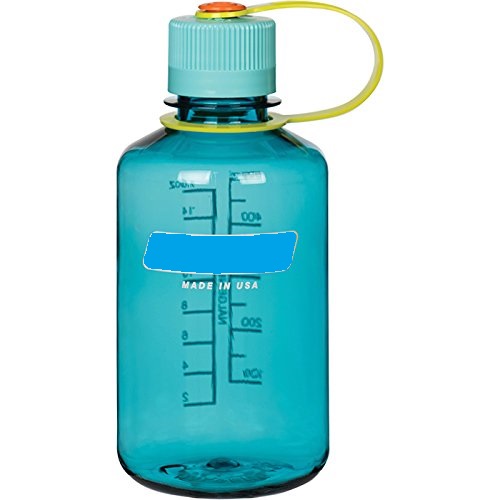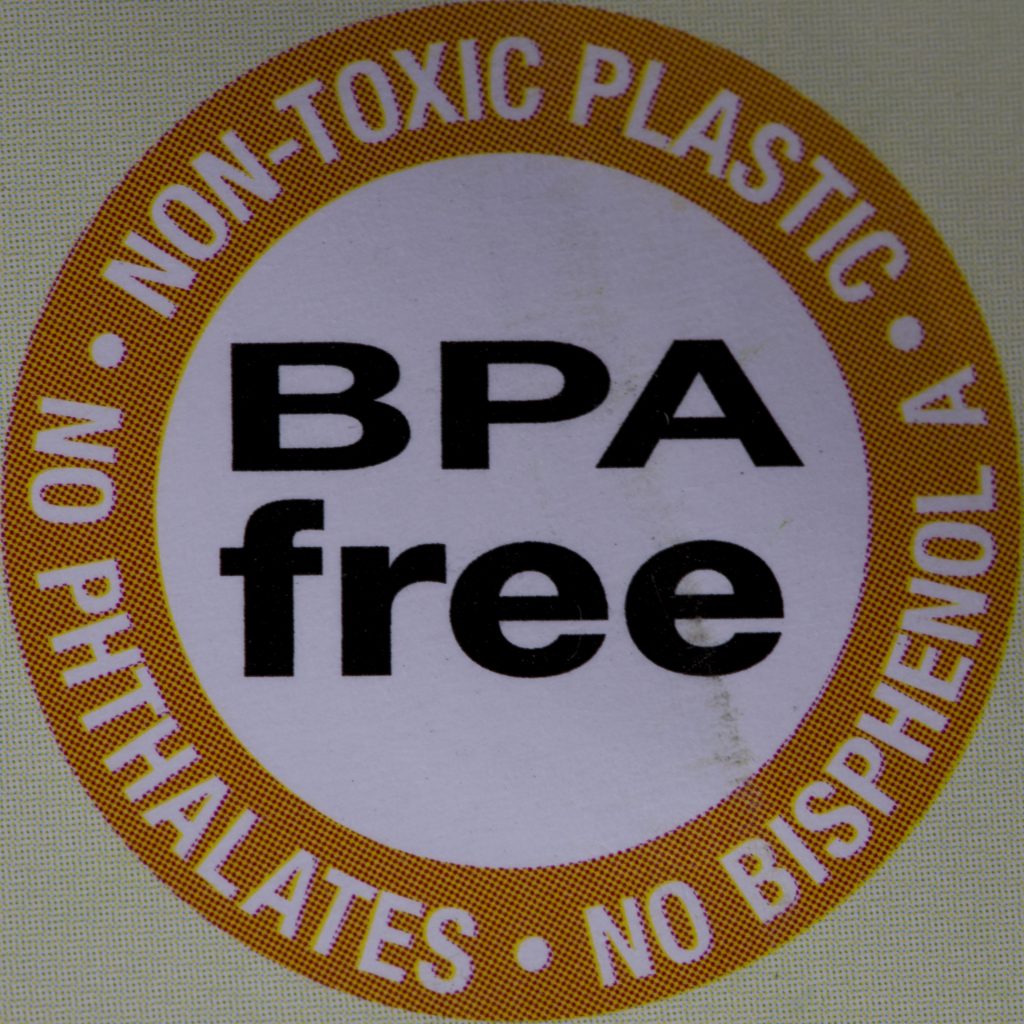BPA and BPA-Free Plastics: What Are the Concerns?

For years there have been increasing concerns around the chemical BPA, often encountered in plastic water bottles and plastic kitchen containers. Nowadays, you even find stickers and labels declaring plastic products “BPA free”, implying that these products are safer and without health concerns. However, BPA is often replaced by similar chemicals, and these replacement chemicals appear to carry their own concerns.
What is BPA?
BPA stands for bisphenol A. It’s a precursor to some types of hard plastic, first commercialized in the 1950s (Vogel 2009). It’s also commonly found in epoxy, canned food linings and thermal paper used for most cash register receipts. The chemical started to develop some notoriety when research into hormonal effects were pursued in the 1990s, although its estrogenic activity was known as far back as the 1930s (Dodds 1936).
What Are the Potential Concerns?
Since BPA was discovered, acute toxicity was found to be fairly low and concerns for the small exposure from food can liners and plastic containers was considered insignificant. Yet in the 1990s, non-lethal hormonal effects at very low levels of exposure began to surface. One of the first animal studies showed a concentration of 0.1 mg of BPA diluted in a liter of water was enough to potentially disrupt testicular function (Michelangeli 1996). To try and put that in perspective, a small grain of sand weighs around 1 mg. An amount of BPA 10 times smaller than a grain of sand diluted in a liter of water is enough to have potential negative effects on sexual functioning.
More recently, reviews of BPA have turned up additional concerns:
- BPA may increase risk of heart disease by a factor of 1.19 (Fu 2020)
- BPA appears to increase risk of obesity. For every 1 nanogram per milliliter of BPA found in a person’s urine, risk of obesity increases 11% (Wu 2020). A nanogram is one million times smaller than a milligram or a small grain of sand.
- Data appears to indicate that BPA disrupts thyroid function (Gorini 2020).
- Early animal evidence is showing mother’s exposed to BPA while pregnant may increase risks of their offspring developing depression and anxiety through alterations in neurotransmitter function (Wiersielis 2020).
- Exposure to BPA may increase risks for developing type 2 diabetes (Akash 2020).
- BPA may cause or contribute to female infertility (Pivonello 2020).
- BPA may cause or contribute to male infertility (Cariati 2019).
- Some of the damage wrought by BPA can cause inheritable changes, so that future generations may be affected even without direct exposure to the chemical (Cauwenbergh 2020).
It’s not surprising that in a number of these studies, the researchers talk about reforms needed to the chemical industry to prevent chemicals with such far reaching health effects from being released in large quantities on the market.
Bisphenol S

As concerns for BPA have increased, corporations have looked for alternatives. Bisphenol compounds in general are a class of chemicals with similar structures and properties. Since there was negative pushback against using BPA, there were plenty of alternatives including: bisphenol AP, AF, B, BP, C, C2, E, F, G, M, S, P, PH, and others. Many of the products switched from using bisphenol A to bisphenol S and declared them BPA free.
Unfortunately, the chemical industry is not required to conduct extensive safety testing and the EPA is not using current regulations to hold companies to account (SaferChemicals 2020). Typically, the EPA identifies high priority chemicals that are already on the market for safety evaluation. Then, after additional research, recommendations may be put forward to withdraw chemicals after years of use and exposure. The current system is not ideal.
Research exploring negative effects for bisphenol S are emerging with more commercial use. Like BPA, BPS may increase potential heart disease risks (Zhang 2020). Hormonal effects and risks for obesity appear to be equivalent or potentially worse than BPA (Thoene 2020), although some researchers have concluded BPS may be less problematic (Qiu 2019). Still, reviews conclude that BPS has potential negative effects on the reproductive systems, hormonal regulation and nervous systems in animals and humans along with causing free radical damage (Wu 2017).
So What Can We Do?
BPA and BPS are everywhere and there is no way to completely avoid them. However, it is possible to reduce exposures through a couple of simple approaches:
- Opt for fresh or frozen foods over canned.
- Use glass or stainless steel (without a plastic lining) when possible for food and beverages. Many stainless steel water bottles have an inner plastic lining which can easily leach plasticizers into water like plastic bottles.
- Avoid handling cash register receipts since significant quantities of BPA can transfer to your hands and potentially into your body (Hehn 2016).
Conclusion
We are exposed to numerous chemicals on a daily basis, many of which have minimal if any safety testing. As awareness of chemical exposures and problems increase, people can demand better from corporations and our government to protect human health.



